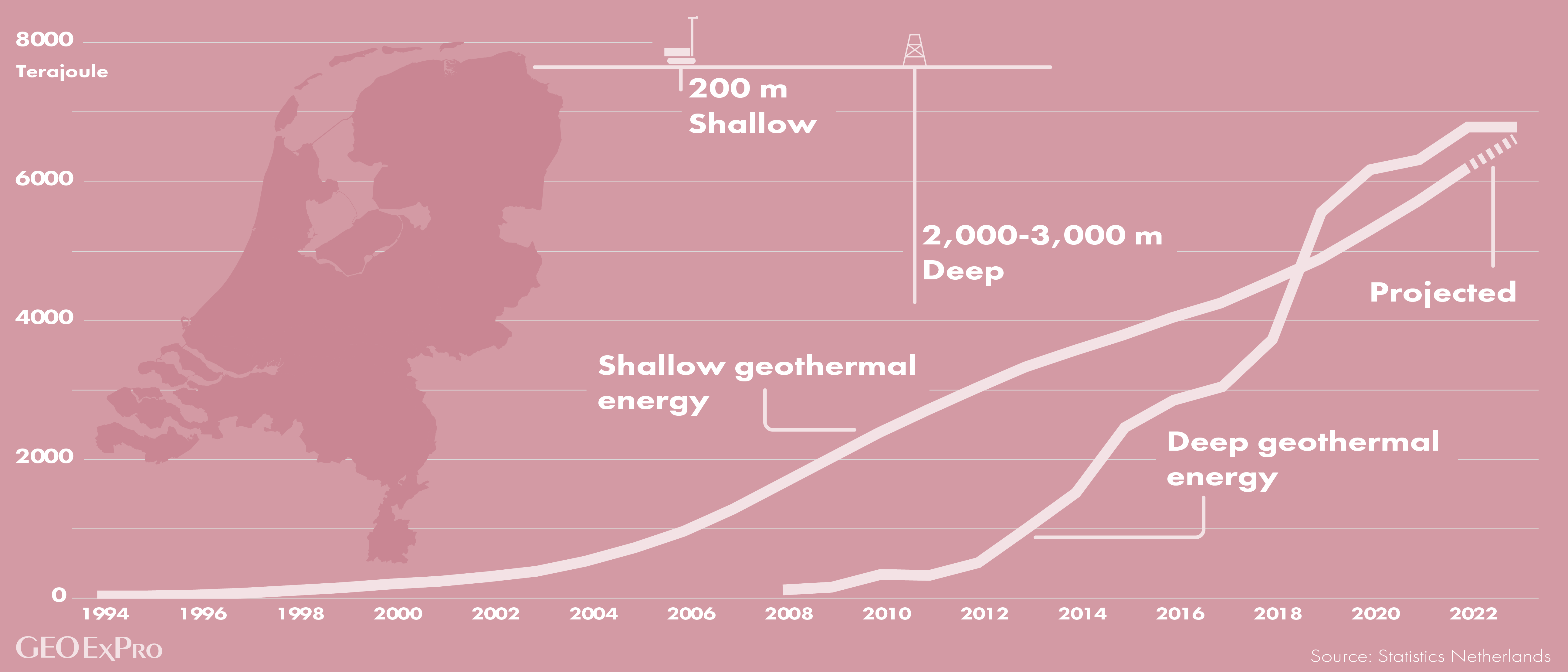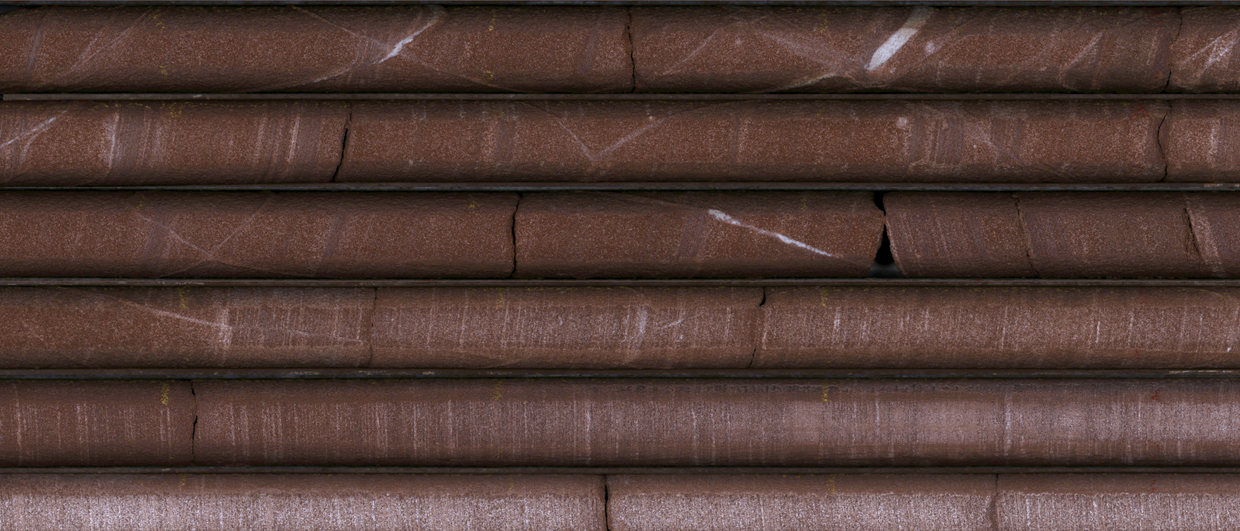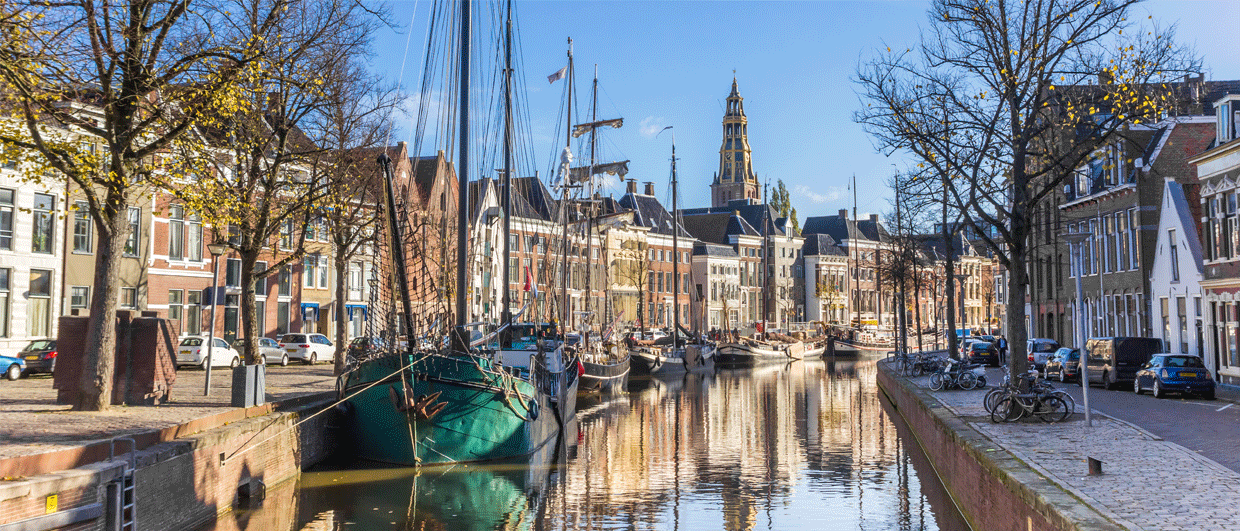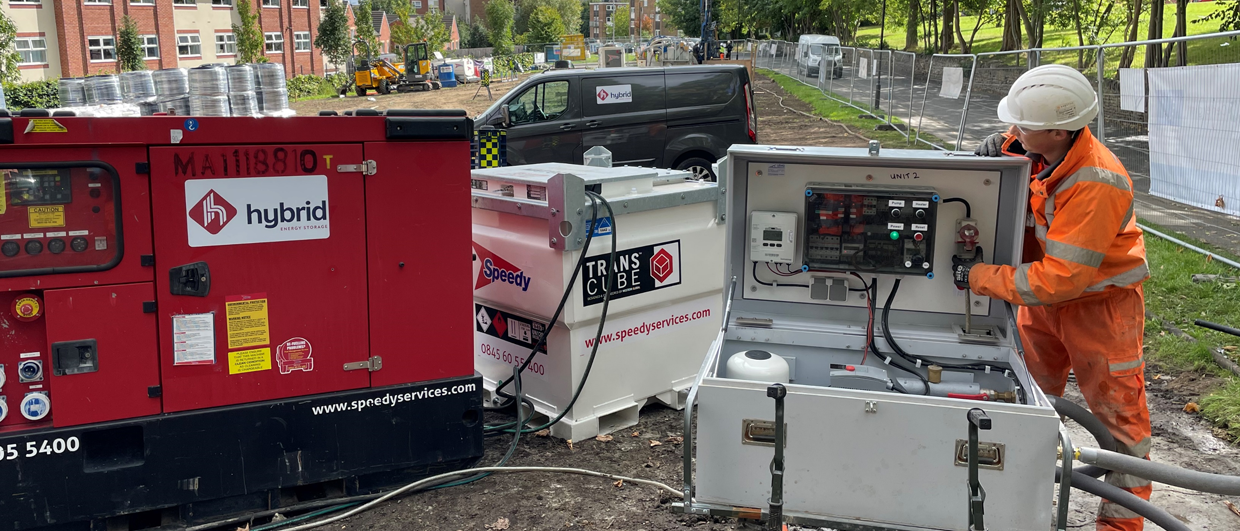It is a development that is not often talked about or highlighted in the media, but data on subsurface energy production using water as a carrier clearly shows how important shallow geothermal (~200 m) is becoming in comparison to deep geothermal (2,000-3,000 m). As someone with insight on the market told me at a conference last week: “Were you aware that about 100,000 shallow geothermal loops are being drilled per year?”
The data, provided by Statistics Netherlands, illustrates how shallow geothermal energy production has built momentum over the past years, starting about 20 years ago in 2004. And, in contrast to deep geothermal energy production, which has even seen a flattening off when it comes to energy produced in recent years, energy harvested from the shallow subsurface has continued and even accelerated.
It is testament to the relative ease with which shallow boreholes are being drilled. Rather than a lengthy process requiring all sorts of studies and permissions, a 200 m borehole is often drilled in a day and only requires a notification to the relevant authorities. The type of investment is of a very different nature too; shallow closed loops are affordable for those who have saved up some money, while a deep geothermal doublet is only a possibility for larger corporations, backed by subsidies on top of that.
That is also reflected in the types of projects these systems are being drilled for. Deep geothermal projects in the Netherlands are mostly drilled for heating greenhouse complexes, whilst an individual shallow loop is mostly used for a single house.
An advantage of shallow systems is the closed-loop nature; circulation of the fluid takes place through a tube that is connected downhole by a u-shaped connector. That means there is only one borehole required, whilst deep geothermal open loop projects in the Netherlands depend on an injector and producer well, drilled at a certain distance from each other (around 1 km). In addition, deep open-loop systems come with scaling, corrosion and sand production challenges.
Of course, the energy produced by a shallow geothermal loop is very modest compared to a deep system. A single shallow borehole can produce between 2 and 20 kW each. That means a deep geothermal open-loop project consisting of a 10 MW doublet is equivalent to around 1000 shallow boreholes of 10 kW each.
But given the rate at which these shallow boreholes are now being drilled, not only in the Netherlands but in many other countries too, I feel that the domestic heating transition is bound to come from the shallow subsurface rather than the deep one.





